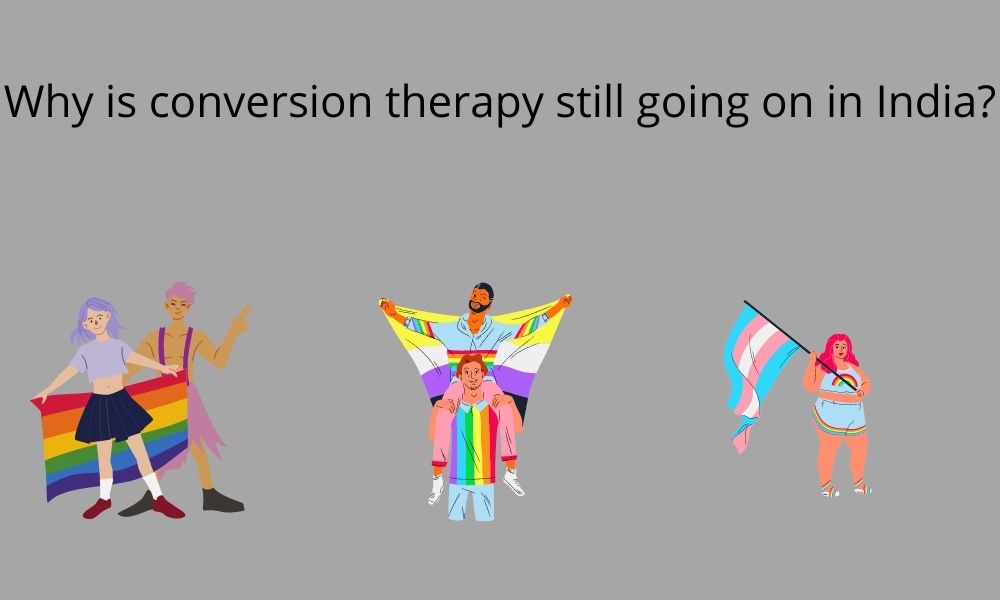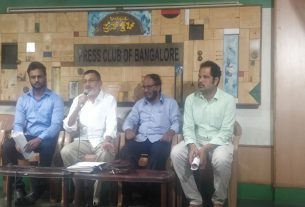Study shows people who go through conversion therapy are more prone to suicide and mental health issues than others.
Kolkata: It was 2004 when Dr. Kaustav Bakshi first came to know about conversion therapy. The therapy session, which was supposed to be a safe place for him, soon changed into persuading him to change his sexual orientation.
“My counsellor told me to have more guy friends than girls thinking my sexuality will change if I have friends of the same sex,” said the professor.
He added, “I was told to join the gym to be more masculine, and report to her every Wednesday about my ‘condition’. Homosexuality is not a disease but it is treated like that by some.”
Conversion therapy has been prevalent in India with its aim to ‘cure’ the people of their homosexuality. It is a method of changing a person’s sexual identity from homosexuality to heterosexuality. The psychiatric profession has condemned this procedure as immoral as the ‘therapy’ is based on the assumption that homosexuality is a mental disorder, despite the lack of clinical evidence.
Vinay Chandran, the executive director of Swabhava, which provides supports services to LGBTQ+ people, said, “Most individuals who’ve been through conversion therapy practices across India, either from personal fears or from parental or peer pressure to conform to social standards only seek counselling help from us in two contexts. First, when they finally give up on the therapies because they realise it doesn’t work, and then reach out to us/ or organisations like ours to see how to recover or to see what other people have gone through in similar circumstances. The second context is when the doctors/psychiatrists/psychologists they’ve contacted, refuse to provide such therapies and provide referrals to us instead.”
Dr. Kaustav Bakshi said, “Many people are pressured to go to counsellors by their families as most of them believe that they can change their sexualities. Some of them are even forced to marry the person of the opposite sex in hopes that would change their sexuality.”
The study conducted by The Trevor Project showed that 78 percent of youth who went through conversion therapy were under the age of 18. Six out of 10 LGBTQ+ youth said that at least someone tried to convince them to change their sexual identities. Also, a study by The Family Acceptance Project found that rates of attempted suicide by LGBTQ+ young people, whose parents tried to change their sexual orientation, were more than double than the ones who reported no conversion experiences. High levels of depression, suicide attempts were more among the people whose parents, caregivers, therapist, religious leaders, etc tried to change their sexual orientation.
In 2020, 21-year-old Anjana Harish died by suicide as she was forced to go through conversion therapies after she came out as a bisexual woman. Before her suicide, she had posted a video online where she told how she had been subjected to go through conversion therapy by her family in Kerala.
Chandran also mentioned how these individuals punish themselves by thinking their emotions are ‘false’ as they want to be ‘normal’. He added, “We’ve had clients come in completely drugged out from their visits to psychiatrists who’ve admitted them for long-term in hospitals and given all sorts of treatments in the guise of curing/treating homosexual desire or even gender diverse behaviour. They’ve had severe depression, loss of self-esteem, no confidence in their lives and abilities, self-hate, suicidal feelings, increased substance use and inability to value their relationships with same-sex all because of their so-called treatments.”




